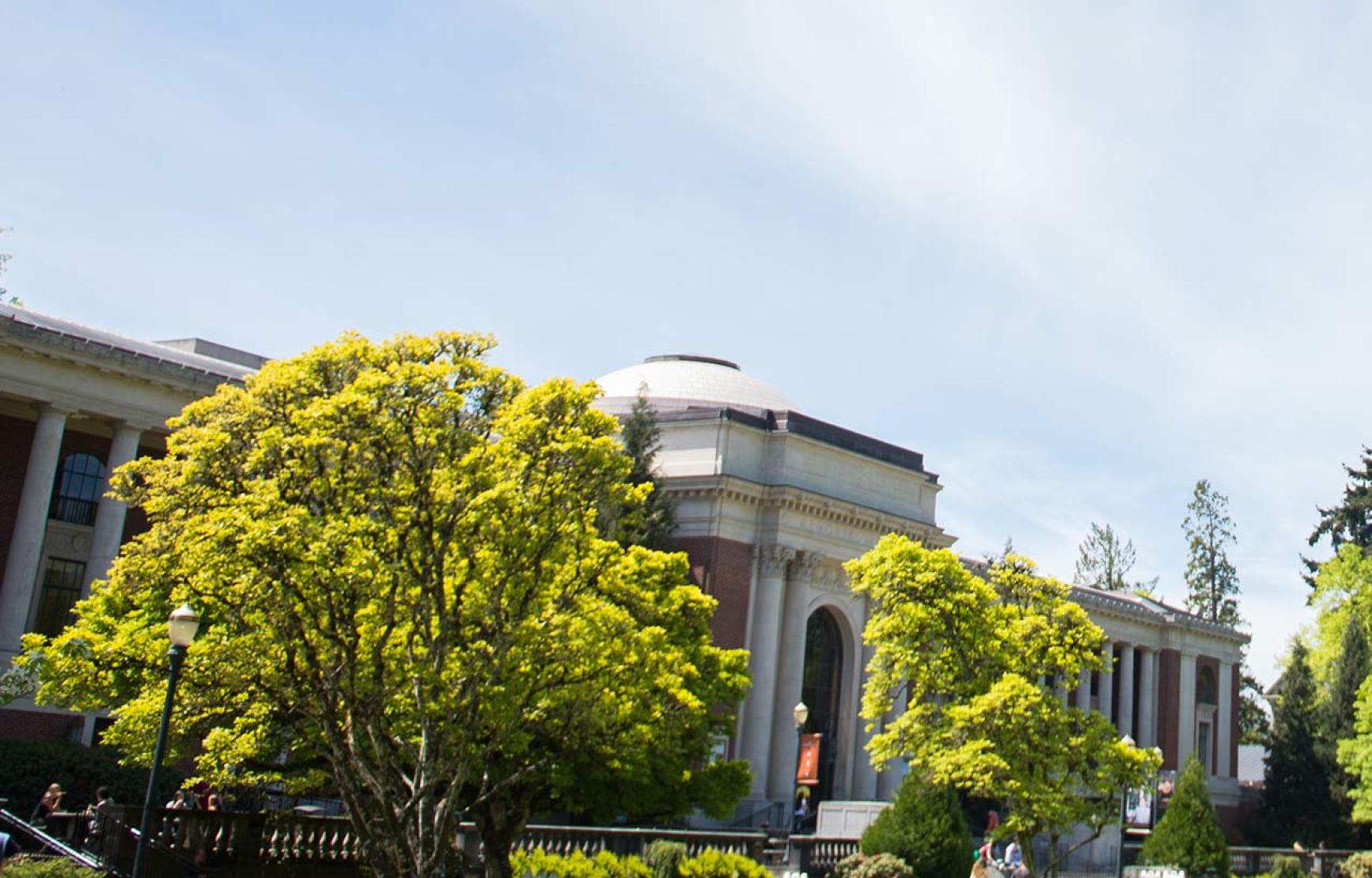Join us for an upcoming seminar featuring mathematics faculty and invited speakers on one of our seven research topics. You may also see upcoming seminars by topic:
There are no upcoming events of this type, but check out our full calendar for other upcoming events.
